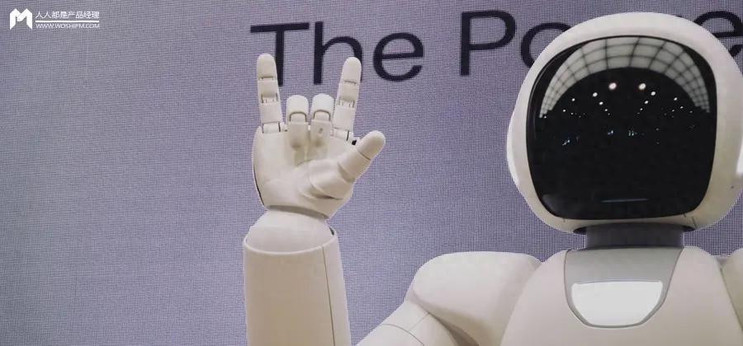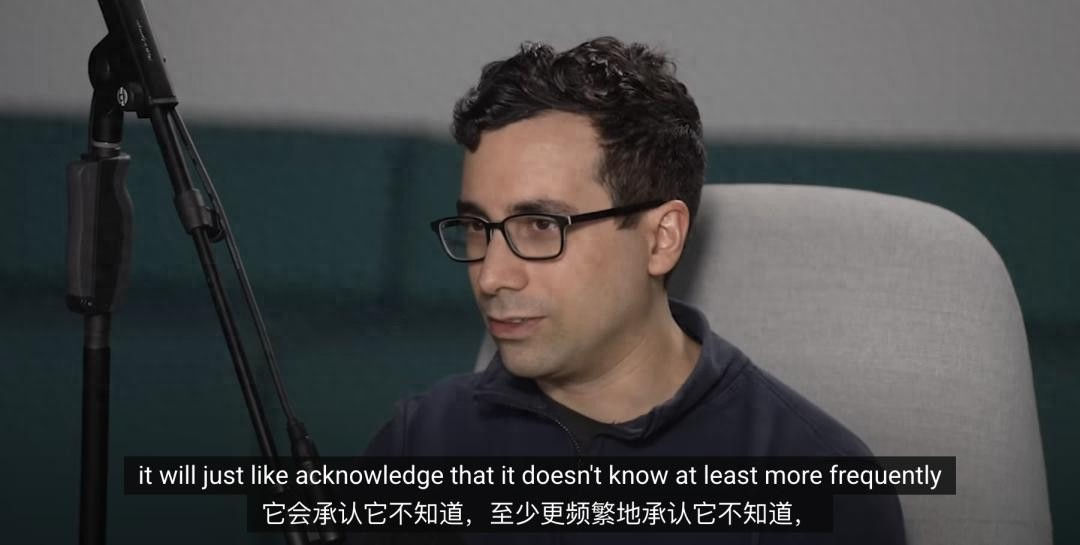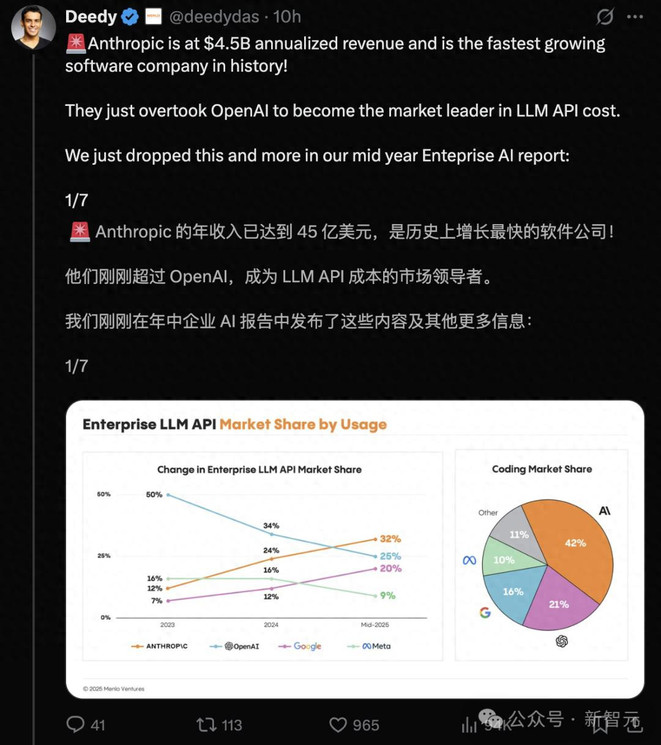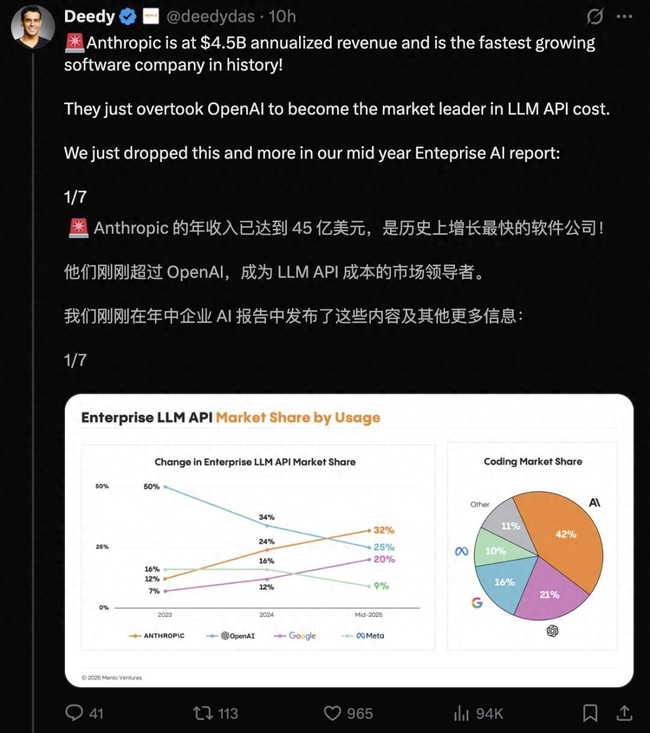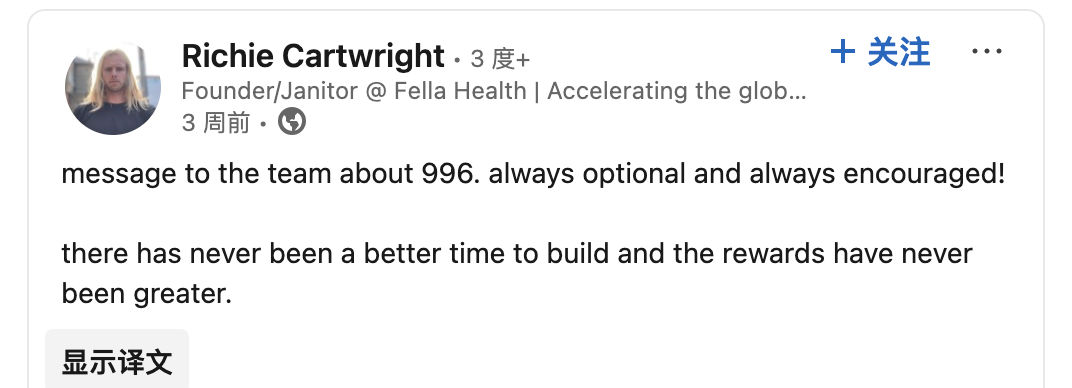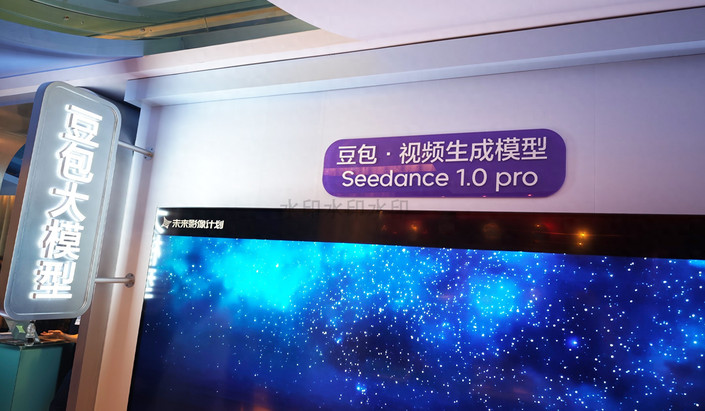
AsianFin -- ByteDance’s Volcano Engine is accelerating its AI ambitions with a sweeping upgrade of its Doubao large model suite, underscoring the company’s intensifying push into enterprise AI and digital agent solutions amid China’s increasingly competitive cloud landscape.
On July 30, Volcano Engine launched several new offerings, including the Doubao Image Editing Model 3.0, Doubao Simultaneous Interpretation Model 2.0, and a fully upgraded Doubao Large Model 1.6 series. The upgrades come alongside a broader effort to bolster its AI-native infrastructure and cement its lead in China’s rapidly growing cloud-based large model services market.
Doubao’s meteoric rise is backed by strong data: Daily token usage surged to 16.4 trillion as of May, representing a 137-fold increase since its debut in May 2024. According to an IDC report, Doubao now leads China’s public cloud large model service market by a wide margin, commanding a 46.4% market share—more than Baidu AI Cloud and Alibaba Cloud combined.
Volcano Engine, ByteDance’s enterprise tech arm, is aggressively monetizing that growth. In 2024, it generated over RMB 12 billion in revenue and is targeting more than RMB 25 billion in 2025—positioning it to potentially surpass Baidu Cloud’s full-year top line.
“AI is no longer just a tool—it’s becoming the agent,” said Tan Dai, President of Volcano Engine. “Software is now executing tasks, not just enabling them.”
At the center of the latest upgrade is Doubao·Image Editing Model 3.0 (SeedEdit), which allows complex visual manipulations—like background removal, lighting adjustments, and pose alterations—through natural language prompts. The model is designed for commercial use in advertising, content creation, and e-commerce, and is available to enterprise users via Volcano Ark and to consumers via ByteDance apps like Jimeng and Doubao.
The new Doubao·Simultaneous Interpretation Model 2.0 slashes latency from 8–10 seconds to 2–3 seconds, thanks to a full-duplex system. It also supports zero-shot voice cloning, allowing for foreign language speech generation in the user’s own voice without prior training data—opening up use cases in international business, media, and education.
Meanwhile, the flagship Doubao-Seed-1.6-flash model delivers stronger performance in code, math, and reasoning tasks with latency as low as 10ms per token. Token pricing has also been aggressively cut: RMB 0.15 per million input tokens, and RMB 1.5 per million output tokens, slashing costs by up to 70% in enterprise trials.
Also notable is the multimodal Seed 1.6-Embedding model, which enables joint retrieval across text, image, and video. It currently tops the MMEB_v2 image leaderboard, outperforming rival models including Alibaba’s Qwen2 7B by 5.6 points.
Volcano Engine is doubling down on open-source as part of its strategy to build a broader ecosystem around AI agents. The core capabilities of its Coze platform—including visual development tool Coze Studio and management suite Coze Loop—were recently open-sourced. Within three days, Coze Studio had amassed over 10,000 GitHub stars.
To support intelligent agent deployment, the company rolled out a new Responses API with native context management and multimodal support, cutting development time for AI assistants from two days to just one hour. Code requirements have been reduced by 87%, according to internal benchmarks.
Volcano Engine has also launched HiAgent, a “digital employee” workspace platform that acts as a centralized task hub. It enables personalized interfaces tailored to job roles—sales, HR, operations—integrating enterprise systems and streamlining workflows. The platform is already in deployment at clients including Guangjiao Digital Technology and Xiamen University.
Zhang Xin, Volcano Engine’s VP, highlighted how HiAgent addresses three key productivity bottlenecks: repetitive rule-based tasks, system switching disruptions, and decision-making blind spots. “The goal is not to replace people, but to help them do more of what matters,” he said.
Tan Dai sees the current AI wave as the third major computing platform shift, following the PC and mobile eras. He likens Volcano Engine’s journey to a marathon—and the company is only “500 meters in.”
Looking ahead, ByteDance’s enterprise arm is targeting RMB 100 billion in annual revenue by 2030, provided macroeconomic conditions remain favorable. That growth hinges on converting its massive scale, technical edge, and early-mover advantage into long-term, defensible commercial value.
“Every link in the chain has to be strong,” Tan said. “In cloud computing, customer needs vary drastically. But in AI, we must do everything better—from the large model, to native infrastructure, to agent deployment.”
Volcano Engine’s rapid model iteration and open ecosystem approach appear designed to do just that. Whether it can maintain this breakneck pace as competition heats up from rivals like Baidu, Alibaba, and Tencent remains to be seen.
But for now, ByteDance is making a strong claim to be China’s AI infrastructure leader—not just building large models, but translating them into agents that work.
